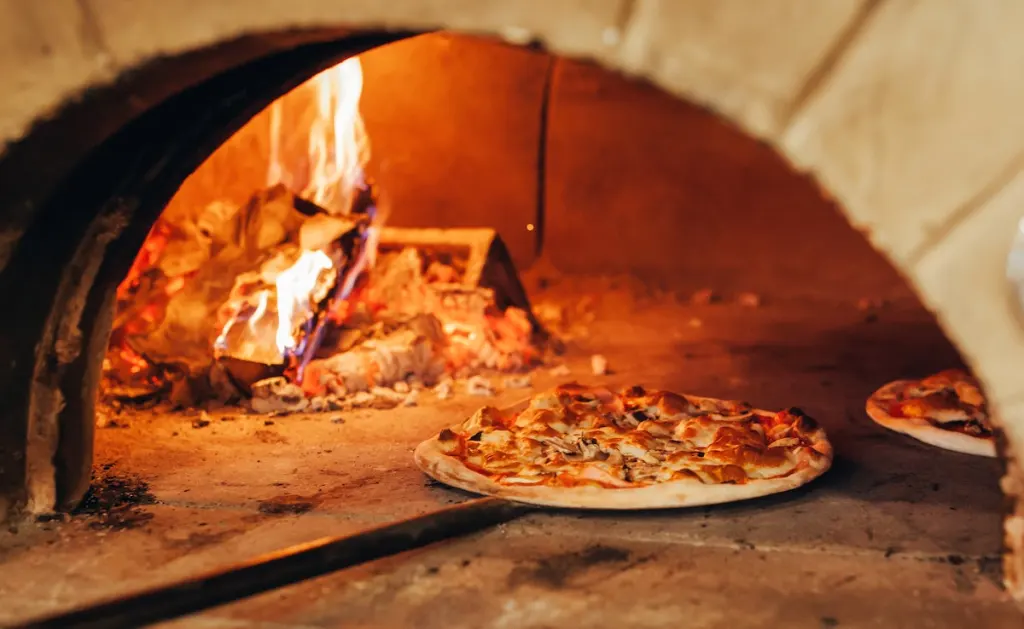Subtotal $0.00
It’s more than just a meal; it’s a cultural icon, a comfort food, and for many, a near-irresistible craving. From a perfectly charred Neapolitan margherita to a late-night New York fold, pizza holds a unique power over us. But have you ever wondered why pizza is so universally loved, and why it can feel downright addictive? The answer lies not in magic, but in a powerful combination of chemistry, psychology, and evolutionary biology.
It turns out, the perfect slice is engineered for deliciousness.
The Holy Trinity of Flavors: A Scientific Cheat Code
Pizza is a masterpiece of culinary synergy. It’s not just that the ingredients taste good together; they scientifically enhance each other.
- Umami Bomb: Umami, the savory fifth taste, is a key driver of pizza’s appeal. Tomatoes are packed with glutamate, a compound that signals umami to our brains. Cheese (especially Parmesan and aged mozzarella) is also loaded with glutamate and other umami compounds. When you layer tomato sauce and cheese, you create a powerful “umami bomb.” This deep, savory flavor keeps us coming back for more, as our brains are hardwired to seek out this satisfying taste.
- The Fat and Salt Alliance: The cheese and cured meats on pizza are rich in both fat and salt—a combination our primal brains find incredibly rewarding. Fat is a dense source of energy, and salt is essential for physiological function. Our ancestors evolved to crave these nutrients for survival. Pizza delivers them in spades, triggering pleasure centers in the brain that release feel-good chemicals like dopamine.
- The Perfect Contrast of Textures: A well-made pizza is a textural wonderland. The crisp-yet-chewy crust, the creamy, stretchy melted cheese, and the firm bite of toppings create a “dynamic contrast.” This variety keeps our mouths interested and makes the eating experience more engaging and satisfying than a single-texture food.
The Chemistry of Craving: Why Your Brain Says “One More Slice”
Even after you’re full, it’s remarkably easy to find room for another slice. This phenomenon has a scientific basis.
- The “Bliss Point”: Food scientists describe the “bliss point” as the perfect balance of sugar, salt, and fat that makes a food overwhelmingly appealing. Pizza hits this perfectly. The slight sweetness of the tomato sauce and caramelized crust balances the saltiness of the cheese and pepperoni, all carried by satisfying fats. This combination overwhelms our brain’s natural “stop eating” signals.
- Sensory-Specific Satiety: This is the fancy term for why you get full on your main course but suddenly have room for dessert. Your brain gets tired of one specific flavor profile. Pizza cleverly avoids this. With its multiple components and toppings, each bite can be a slightly different combination of flavors and textures, effectively resetting your palate and delaying the feeling of fullness.
- The Melted Magic of Cheese: Cheese contains a protein called casein. When digested, casein breaks down into fragments called casomorphins. As the name suggests, these tiny peptides have a mild opiate-like effect, binding to the brain’s dopamine receptors and creating a sense of comfort and mild euphoria. When cheese is melted, its fat becomes more readily available, amplifying this rewarding feeling.

